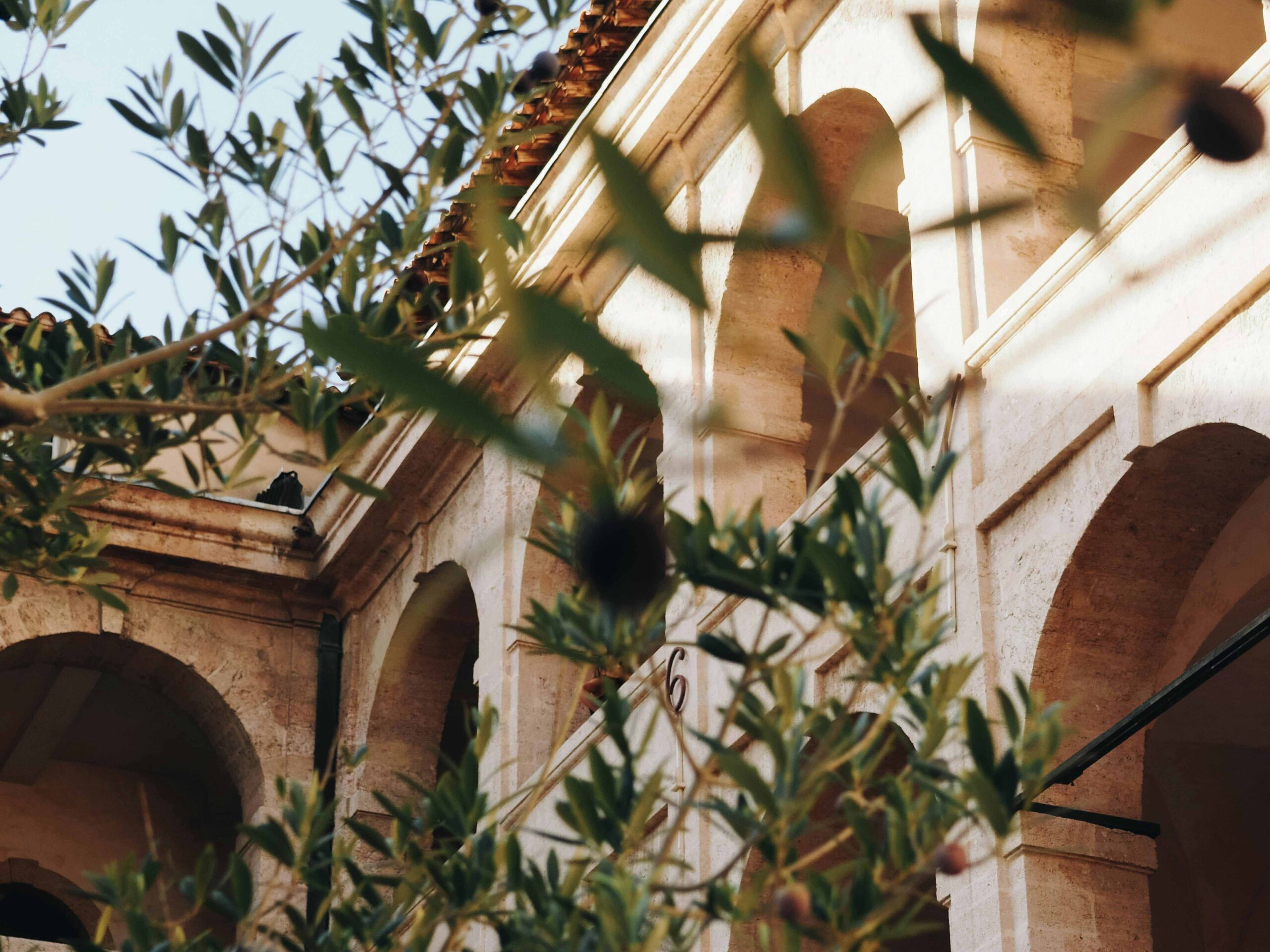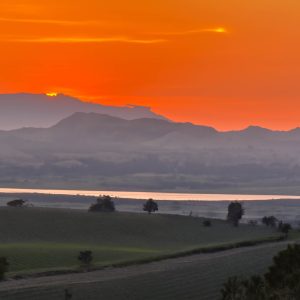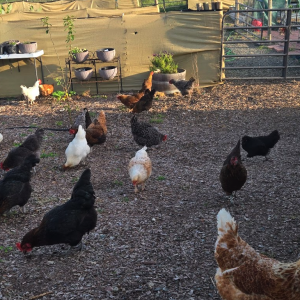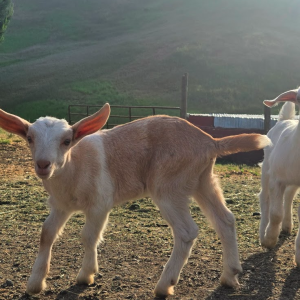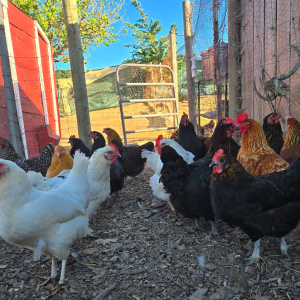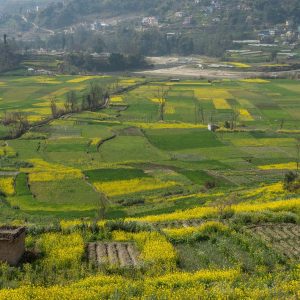Moroccan Olive Oil: A Deep Dive with Facts & Data
1. Morocco’s Olive Oil Industry by the Numbers
- Global Rank: Morocco is the 6th largest olive oil producer in the world.
- Production Volume: In 2023, Morocco produced around 200,000 to 250,000 metric tons of olive oil annually.
- Olive Cultivation Area: Over 1.2 million hectares of land in Morocco is dedicated to olive trees, accounting for about 65% of the country’s tree crop production.
- Domestic Consumption vs. Export: Morocco consumes about 35%–40% of its olive oil domestically, while the rest is exported, mainly to Europe (Spain, Italy, France), the U.S., and the Middle East.
2. Key Olive Growing Regions in Morocco
- Meknes: Known as the “olive oil capital” of Morocco, this region produces high-quality extra virgin olive oil (EVOO) with Protected Geographical Indication (PGI) status.
- Fez-Marrakech Plains: Home to thousands of hectares of traditional olive orchards, producing oils with a rich, slightly bitter profile.
- Essaouira & Agadir: Coastal regions where olives grow in a slightly different climate, leading to oil with more delicate, fruity notes.
- Atlas Mountains: High-altitude groves contribute to unique microclimates, impacting the oil’s flavor and quality.
3. Moroccan Olive Varieties & Flavor Profile
- Picholine Marocaine (Primary Variety, ~96% of Olive Production):
- Flavor: Bold, slightly bitter, peppery, and fruity with hints of almond.
- Oil Quality: High in polyphenols (natural antioxidants), contributing to its longer shelf life and health benefits.
- Haouzia & Menara:
- Less common but still cultivated for specific flavor notes in blended oils.
4. Health Benefits & Nutritional Value
Moroccan olive oil, particularly extra virgin, is rich in:
- Monounsaturated fats (~70–80%), which support heart health.
- Polyphenols (over 500 mg/kg in high-quality oils), giving it strong anti-inflammatory and antioxidant properties.
- Vitamin E (14 mg per 100g), which benefits skin and immune function.
A 2022 study on North African olive oils found Moroccan oils to have higher polyphenol content than many European oils, making them more potent in health benefits.
5. Awards & Global Recognition
- In 2022, Les Terroirs de Marrakech won Gold at the NYIOOC (New York International Olive Oil Competition).
- Atlas Olive Oils, one of Morocco’s premium brands, has won multiple international awards for quality and sustainability.
- Morocco’s olive oils regularly rank among the top 10 extra virgin olive oils globally, competing with Spain, Italy, and Greece.
6. Export Markets & Rising Demand
- Europe: Spain and Italy import Moroccan olive oil for blending with their own.
- United States: Demand for Moroccan EVOO has surged due to its organic and high-polyphenol properties.
- Middle East & Asia: Growing interest in Mediterranean diets has led to increased demand in countries like the UAE and Japan.
7. Traditional & Modern Production Methods
- Cold-Pressed vs. Industrial Extraction:
- Many Moroccan producers still use traditional cold-press stone mills, preserving nutrients and flavors.
- Large-scale production includes modern stainless steel extraction, improving efficiency while maintaining high quality.
- Sustainability Initiatives:
- The Moroccan government has invested over $2 billion in olive farming sustainability through the Green Morocco Plan (Plan Maroc Vert), increasing organic production and modernizing mills.
Why It’s So Interesting
- Unique & Powerful Flavor – The peppery, rich, and slightly spicy taste makes it stand out among global competitors.
- Ancient Roots, Modern Growth – Morocco balances traditional production with modern innovation, gaining worldwide recognition.
- Health Superfood – High in antioxidants, Moroccan EVOO is one of the healthiest oils available.
- Award-Winning & Competitive – Gaining ground against Mediterranean giants like Spain and Italy.
- Rising Global Demand – Moroccan olive oil exports have increased by 40% in the past decade, driven by organic and high-quality EVOO demand.

